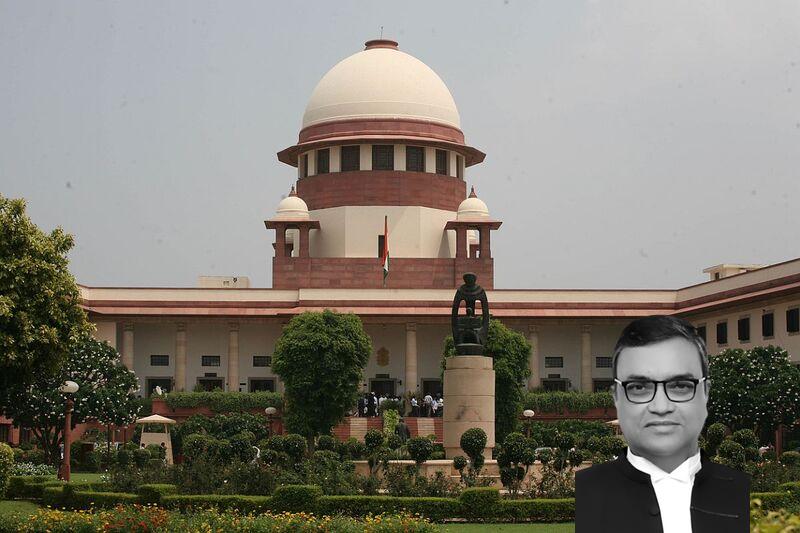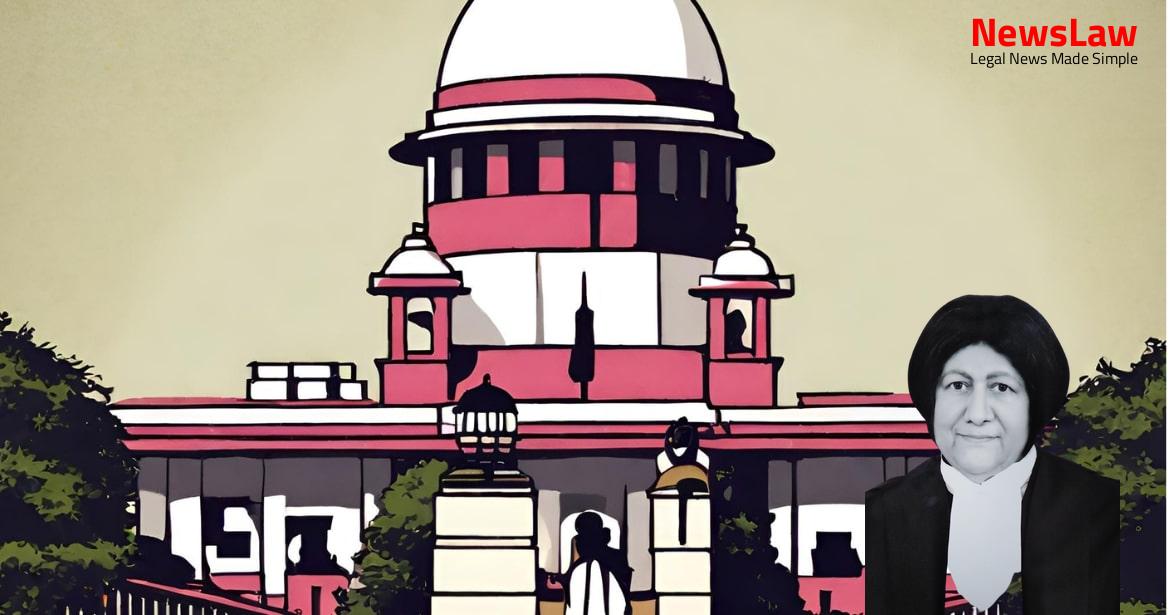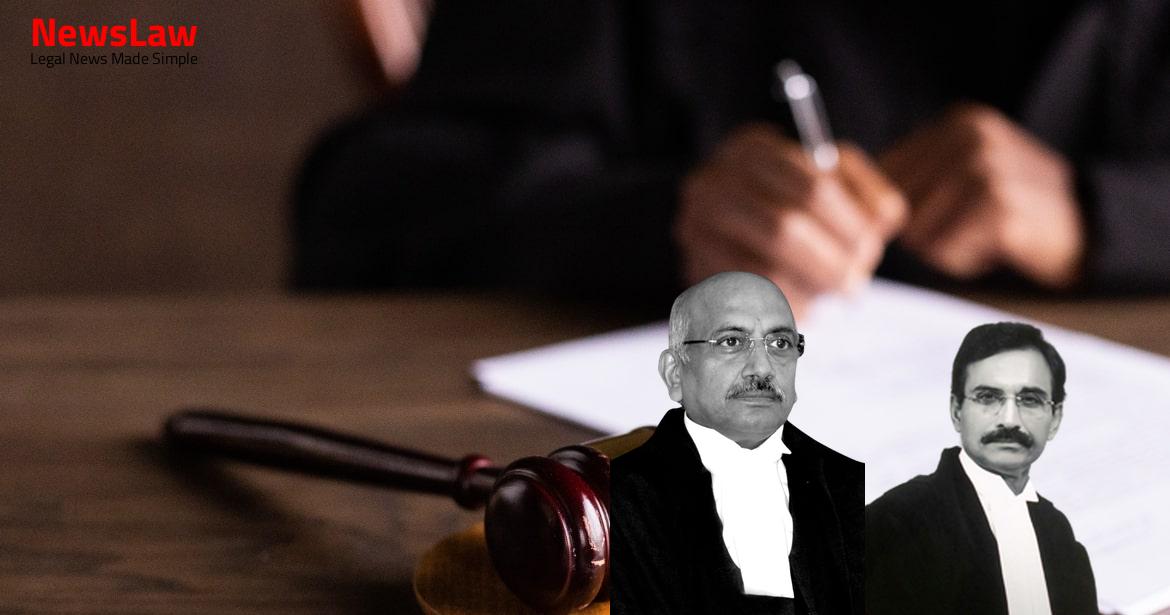The factual matrix of the case, insofar as is relevant for the purpose of a decision on this appeal, is set out hereinbelow: 2 i) The pleaded case in the plaint is that land comprised in Sy. iii) The Mysore (Personal & Miscellaneous) Inam Abolition Act, 1954 (“the Act” hereafter), enacted for abolition of Inams in the State of Mysore, came into force on 15 March, 1955.
13/33, 13/20 are registered in favour of the Inamdar Sri K. Srinivasamurthy u/s 9 and 3/15, 3/1-2, 2/3-36, 16/2-6, 3/12 are ordered to be registered as occupant.
v)
While the plaintiff alleged that the claim of the plaintiff’s vendor was accepted, thus making the plaintiff the lawful owner with the better 4 title, the appellant – defendant (“defendant” hereafter) in his written statement alleged that the Commissioner’s order granted occupancy rights under section 9 in favour of his predecessor-in-interest, i.e., K. While the plaintiff’s vendor sold an extent of 15 acres to the plaintiff vide registered sale deed dated 12 November, 1987, the defendant purchased 5 acres and 28 guntas comprised in Sy.
Also Read: https://newslaw.in/supreme-court/appellant-convicted-for-culpable-homicide-not-amounting-to-murder/
No 93, Old No 3, situated at Eastern side of by passing mud road situated in Navarathna Agrahara, Jala Hobli Devanahalli Taluk, Bangalore**” ix) The learned Civil Judge (“Trial Court”, hereafter) after extensive examination of revenue records adduced by the plaintiff, and the Commissioner’s order, held that the ownership of the suit property vested in the plaintiff’s vendor.
The decree passed by the Trial Court is quoted below for facility of understanding: “After contest, it is ordered and decreed that the suit of the plaintiff is hereby decreed.
The High Court framed the following question of law for decision which, according to it, was a substantial question of law: “Whether the lower appellate court had erred in law in not considering Ex P-1 to Ex P-29 and the admissions made by defendant (DW-1)?” The High Court interpreted the Commissioner’s order to be in favour of the plaintiff’s vendor, such interpretation being bolstered solely by the revenue records exhibited by the plaintiff. A Diwakara, highlighted the dissatisfaction recorded by the High Court with the evidence adduced by the plaintiff, and stressed that in view of the same, the Court could not have held the plaintiff to establish a better title than the defendant, more so when the Court itself recorded the fact that the grant of occupancy rights in favour of the plaintiff’s vendor under section 9A of the Act was contrary to its import.
Bhat, learned senior counsel for the plaintiff, argued that the plaintiff’s vendor had made an application for occupancy rights in 15 acres of Sy No 3, and the Commissioner, while noting that the vendor was not a tenant at the time of vesting, went on to record that occupancy registration under section 9A be done.
A question of law having a material bearing on the decision of the case (that is, a question, answer to which affects the rights of parties to the suit) will be a substantial question of law, if it is not covered by any specific provisions of law or settled legal principle emerging from binding precedents, and, involves a debatable legal issue. Although it is true that Nazir Mohamed (supra) is a decision of recent origin and the High Court cannot be said to have the benefit of perusal thereof, there can be little doubt that the law on what would constitute a ‘substantial question of law’ within the meaning of section 100, CPC has not changed over the years and the jurisdiction continues to be limited in the sense that interference ought not to be made unless the appeal involves a substantial question of law as distinguished from a mere question of law. Other Tenants of Inamdar: Every tenant of the Inamdar, other than the tenants entitled to be registered as occupants under Sections 4, 5 and 6, shall, with effect on and from the date of vesting and subject to the provisions of Chapter III-A, be entitled to continue as a tenant of the land in respect of which he was a tenant immediately before the date of vesting.” The Commissioner lucidly stated that the claimants were not tenants at the time of vesting and, therefore, the claims of, inter alia, the plaintiff’s vendor, 10 were ordered to be rejected. P8 and the other revenue entries containing the name of the plaintiff and the plaintiff’s vendor to argue that the Commissioner’s order vested the plaintiff’s vendor with occupancy rights, and it is only in accordance with such order did the revenue authorities enter the plaintiff’s vendor’s name in the records. ***mutation entry does not confer any right, title or interest in favour of the person and the mutation entry in the revenue record is only for the fiscal purpose.” We may also profitably refer to the decision of this Court in Sita Ram Bhau Patil vs Ramchandra Nago Patil (Dead) by LRs.
The deed simply states that the plaintiff’s vendor traces her title not to a grant in her favour by the government, but through a sale deed executed in her favour.
A comparative study of the two sale deeds leaves none in doubt that the defendant’s sale deeds, supported by the Commissioner’s order, weigh heavier in the scales of justice as compared to the plaintiff’s sale deed, which is only supported by revenue documents. The doctrine of caveat emptor tasks a vendee with the duty to diligently investigate the title he is purchasing, but the plaintiff in the present case has evidently shirked such duty for which the law cannot come to his rescue. It is trite law that, in a suit for declaration of title, the burden always lies on the Plaintiff to make out and establish a clear case for granting such a declaration and the weakness, if any, of the case set up by the Defendants would not be a ground to grant relief to the Plaintiff.”
Case Title: P. KISHORE KUMAR Vs. VITTAL K PATKAR
Case Number: C.A. No.-007210-007210 / 2011



